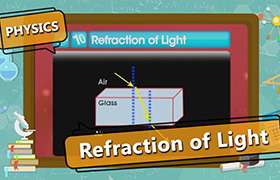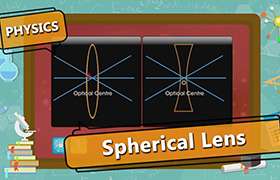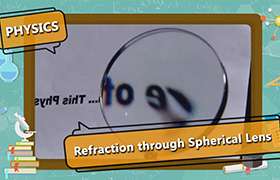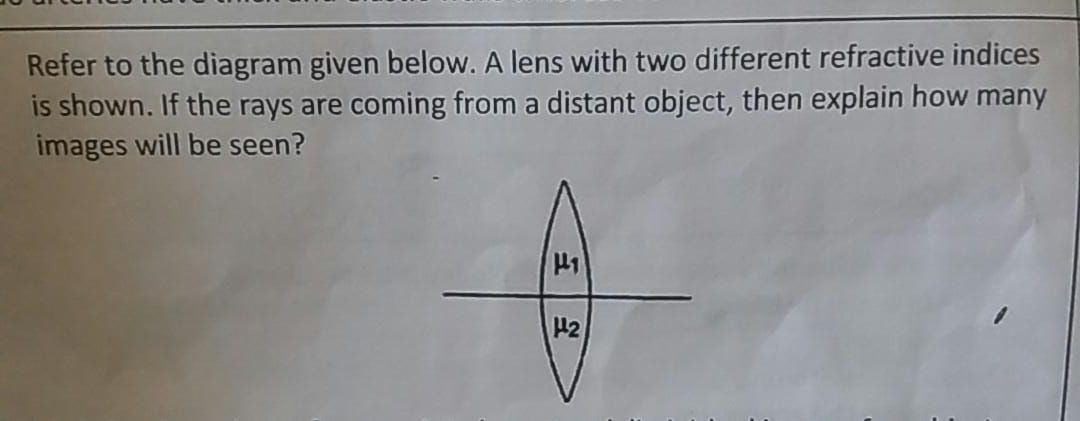CBSE Class 10 Answered
The critical angle is the angle of incidence above which total internal reflection occurs.
Total internal reflection is an optical phenomenon that occurs when a ray of light strikes a medium boundary at an angle larger than a particular critical angle with respect to the normal to the surface, and gets completely reflected into the same medium than refracted into another medium.
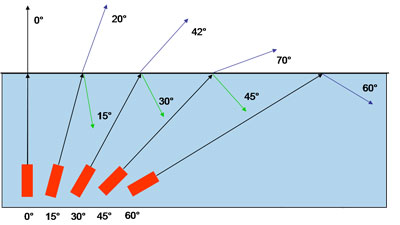
Refractive Index = Speed of light in Reference medium/Speed of light in given medium.
So when we specify the Reference medium, the symbol n should explicitly show it.
2n1 = Refractive index of second medium with respect to first = Spee of light in first medium/Speed of light in second medium.
When the reference medium is vacuum, we just denote,
n2 or n1
Now it's easy to see that n21 or 2n1 = n2/n1 = (c/v2)/(c/v1) = v1/v2
Regards,
Team,
TopperLearning.






